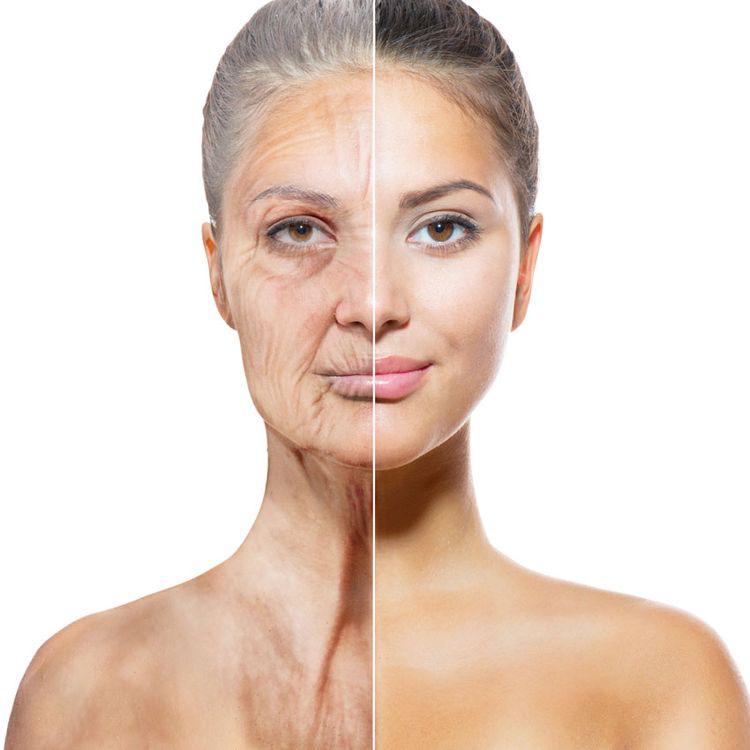Autologous Fibroblast Application
Fibroblasts are the primary cells of connective tissue that synthesize collagen and other connective proteins. Furthermore, they secrete various growth factors that promote the growth of other skin cells and maintain the structural integrity of the skin, as well as the formation of new blood vessels. Skin aging is a multifactorial and complex process characterized by the progressive loss of skin integrity and function. The number, volume, and strength of fibroblasts chronologically decline due to natural cellular and molecular events. Additionally, aged fibroblasts secrete a higher level of signaling molecules that break down collagen. On the other hand, the destruction of fibroblasts and the consequent loss of collagen is observed in acne scars, resulting from inadequate healing after local or systemic inflammation. This deficiency leads to the destruction of dermal structures with subsequent fibrosis.


Treatment
In recent years, the promising potential of autologous fibroblast transplantation has emerged as a new therapeutic modality for replacing damaged fibroblasts. The treatment naturally improves the appearance of wrinkles, acne, and scars due to the natural activation of collagenesis. As a sample for the production of an autologous fibroblast cell line, a small piece of the patient’s retroauricular area (rear part of the earlobe) is taken, which has the least UV damage.
The sampling site is previously anesthetized with a conduction anesthetic, making the procedure painless. The skin sample is sent to a laboratory where fibroblasts are isolated and cultivated for 4 to 6 weeks. After this period, the patient comes for the application of autologous fibroblasts. The treated region is smeared with a local anesthetic left on the skin for 30-40 minutes, after which the skin is wiped with disinfectant. Then, using fine insulin needles, fibroblasts in liquid form are applied to the desired region.
Over time, the treated region sees an increase in collagen, elastin, and other structural elements of the connective tissue, naturally filling wrinkles and scars, improving the texture and tone of the treated region.
The method is entirely natural, causing no immune reactions since the cultivation process uses autologous fibroblasts (one’s cells). During cultivation, cells can be stored in the lab for many years. If the patient wishes to repeat the treatment after several years, there’s no need for re-sampling.
Candidates
People looking to naturally improve the appearance of static wrinkles (nasolabial folds, wrinkles around the mouth, face on the chin, neck, and hands) and dynamic wrinkles (wrinkles around the eyes, between the eyebrows, and on the forehead) can benefit from this treatment. The method also represents a long-term solution for reducing and filling acne scars. The treatment is contraindicated for individuals with an active infection or inflammation, blood clotting disorders, and tumors in the treated region.
Results
The treatment is repeated 3 times with intervals of 4 to 6 weeks between treatments. The first results are visible after approximately 2 months. The treatment effect is noticeable for 3 to 5 years.
Recovery
After the treatment, slight redness, sensitivity, swelling, and bruising of the treated region can be expected. All side effects are temporary and transient in nature. It’s recommended to avoid using face soap and cosmetics for 72 hours after the treatment. In case of prolonged reactions of redness, swelling, or pain, ice can be applied locally.